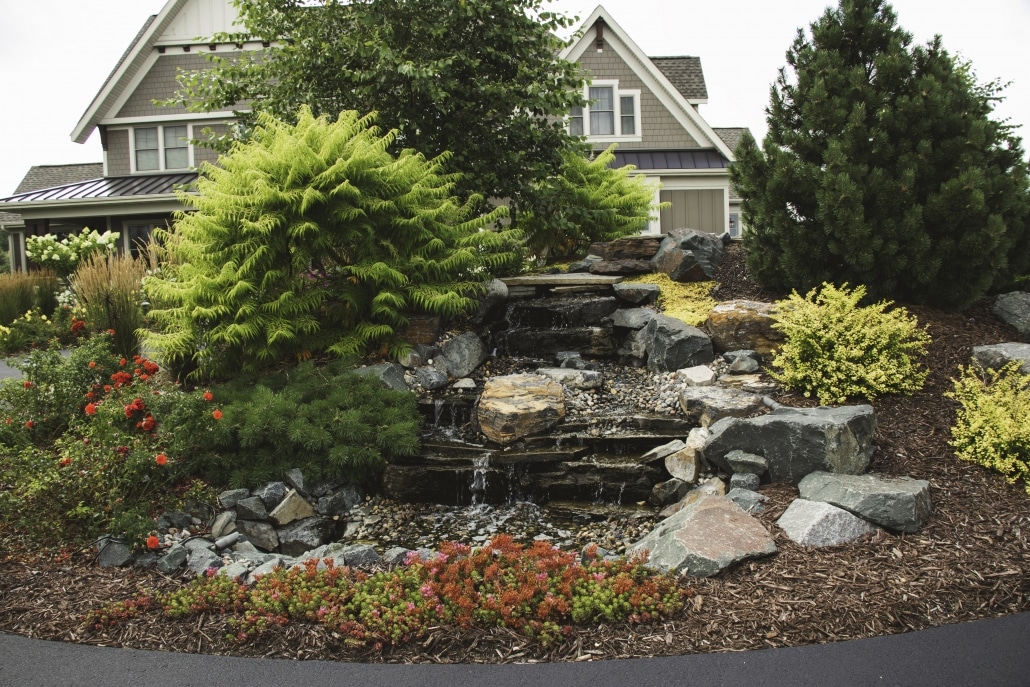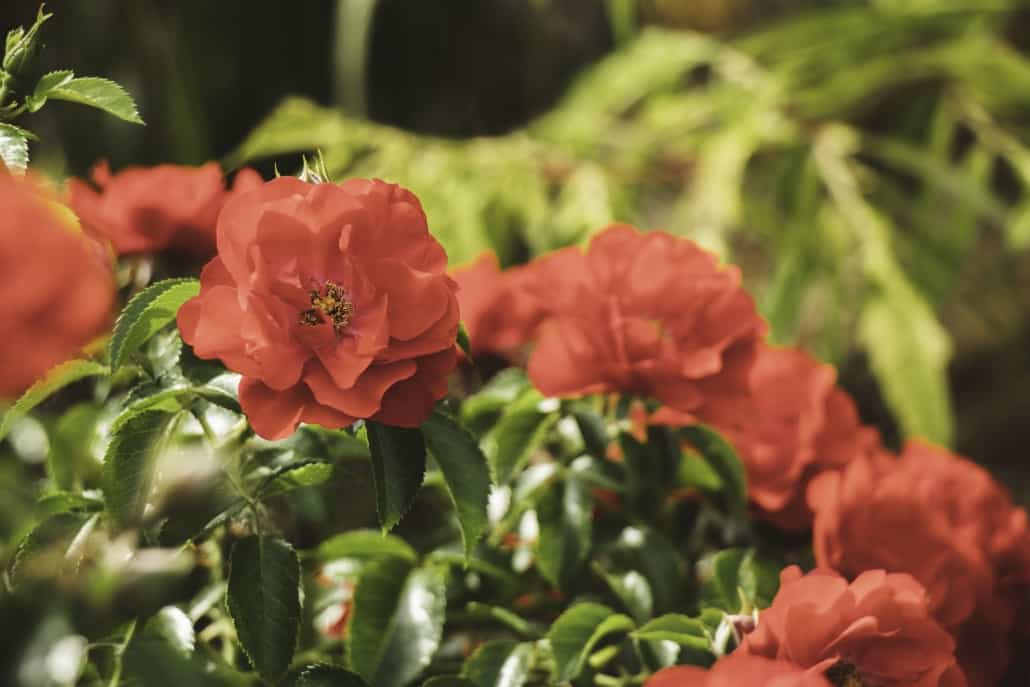When it comes to installing plant material there are a lot of misconceptions regarding the timing, process, and after care needed. Proper planting encourages faster recovery and growth, and helps you avoid irreparable plant problems down the road. Like anything in life there is a spectrum of belief around what goes into proper plant installation. Let’s go over one of the most important parts of putting a plant in the ground: SOIL.
Proper Planting Starts in the Soil
The soil is your plant’s home. It will likely spend its entire life in the same spot. It should have everything you would expect in your own house. Food, water, room to move, and a comfortable climate. .
Food:
The food for your plant comes in the form of plant nutrients found in the soil. This food comes from organic material and the minerals. It is a good idea to add some compost when you plant to give your plants readily available nutrition.
If you are living in a developer home it is possible that your topsoil was stripped when your home was built and your beds could use some TLC. Mulching and adding compost for a few years will help establish a healthy microbiome and organic layer for your plants.
Water:
Water is the stuff of life. Transplanting is a stressful time in a plant’s life. It will need lots of water in the first few weeks to help it out of this little crisis. Be aware of where the water goes when you apply. Some soils are heavily compacted or already saturated and the water will run off and not soak into the ground.
Some of you may have heard that you should add rocks, different soil, or other objects in the bottom of a planting hole to help with ‘drainage’. This is actually not in the best interest of your plant. Proper planting technique uses the soils that were removed from the planting hole. Otherwise, you may end up with pockets that collect standing water and cause root rot. If your soil has poor drainage see the next section.
Room to Move:
A compacted soil is a hard place to grow. No one likes being cramped and neither do your plants roots. A loose soil makes it easy for your plant to stretch out, as well as being able to hold more water and nutrients. If you’ve ever had a plant die and pulled it out of the ground only to see that it hasn’t grown roots out from the original shape of the pot, this is a good indication that you have soil compaction issues.
Break up your soil by making your planting hole 2 to 3 times the size of your pot. You can also till the soil before planting. Still apply the planting hole rule though, since tilling usually only disturbs the surface layers of soil.
On the flip side, a sandy loose soil isn’t suitable for many plants. The easy answer to both problems, organic matter. Once again organic matter can come to your rescue by improving soil structure.
A Comfortable Climate:
All of the above will come together to give your plants the climate to thrive…below ground anyways. A healthy soil holds the right amount of moisture to keep roots cool and hydrated, as well as enough root growth and nutrients for your plants to withstand occasional discomfort.
It can be easy to say that planting is just putting a plant in the ground. It should know what to do from there, right? The truth is preparing your soil is one part of proper planting that can make a huge impact on your landscape years from now. Many homeowners don’t know the value of amending and turning your soil, especially in a new development where soils are often compacted and nutrient poor. It is much harder to fix poor soils once you have a landscape in place. Talk to your landscaper now about working with your soil before you install your beds.



